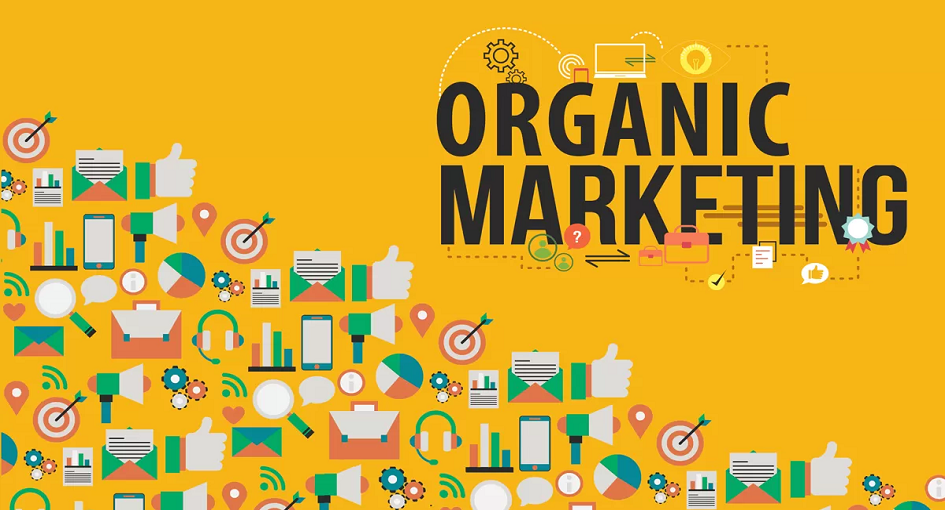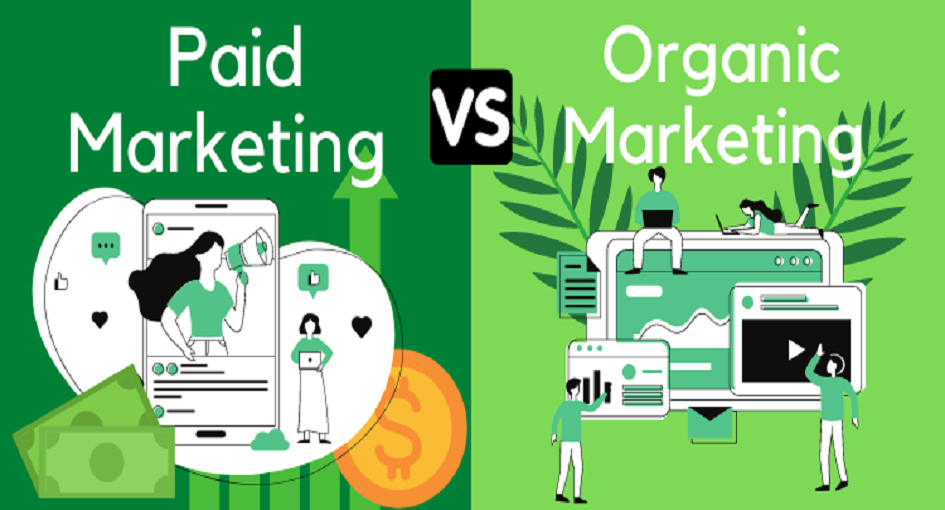
Marketing has evolved significantly in the digital age, offering businesses a wide array of strategies to reach their target audiences. Two primary approaches are organic marketing and paid marketing. While both share the common goal of expanding a brand’s reach and increasing its visibility, they differ fundamentally in their methodologies, costs, and long-term impact. This comprehensive exploration will delve into the differences between organic and paid marketing, shedding light on their unique characteristics and the circumstances under which each is most effective.
Organic marketing, often referred to as inbound marketing, is an approach that relies on creating valuable and relevant content to naturally attract and engage an audience. The core principle of organic marketing is to establish trust, foster relationships, and provide long-term value to customers. It’s a patient, holistic strategy that seeks to organically grow a brand’s online presence by offering quality content that aligns with the needs and interests of the target audience.

Paid marketing, also known as outbound marketing, relies on paid advertising and promotions to reach a target audience. This approach involves paying for visibility on various platforms, including search engines, social media, and display networks. Paid marketing offers immediate results, making it a preferred choice for businesses looking to rapidly expand their reach and generate quick returns on investment.

The fundamental differences between organic and paid marketing are rooted in their methods, costs, and timeframes. Marketing emphasizes the creation of valuable content, optimization for search engines, and building long-term relationships. It is a patient approach that requires time to gain momentum and build trust with the audience.
On the other hand, paid marketing relies on financial investments to achieve immediate results. It offers more control over targeting and is ideal for time-sensitive promotions or when a business needs to quickly increase its visibility.
The choice between organic and paid marketing is not an either/or decision. Rather, it depends on various factors, including business goals, budget constraints, and industry dynamics. Many successful marketing strategies incorporate both approaches to harness the strengths of each.
In conclusion, the differences between organic and paid marketing highlight the diversity of strategies available to businesses in the digital age. Organic marketing emphasizes long-term value, trust, and credibility, while paid marketing delivers immediate results and precise targeting. Both approaches have their merits and can be used effectively based on a business’s goals and resources. Successful marketers often adopt a holistic approach that combines the strengths of organic and paid marketing to create a comprehensive strategy that delivers both short-term impact and long-term growth.